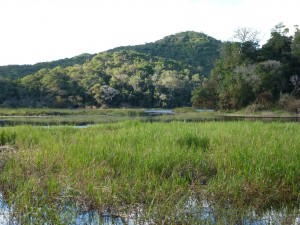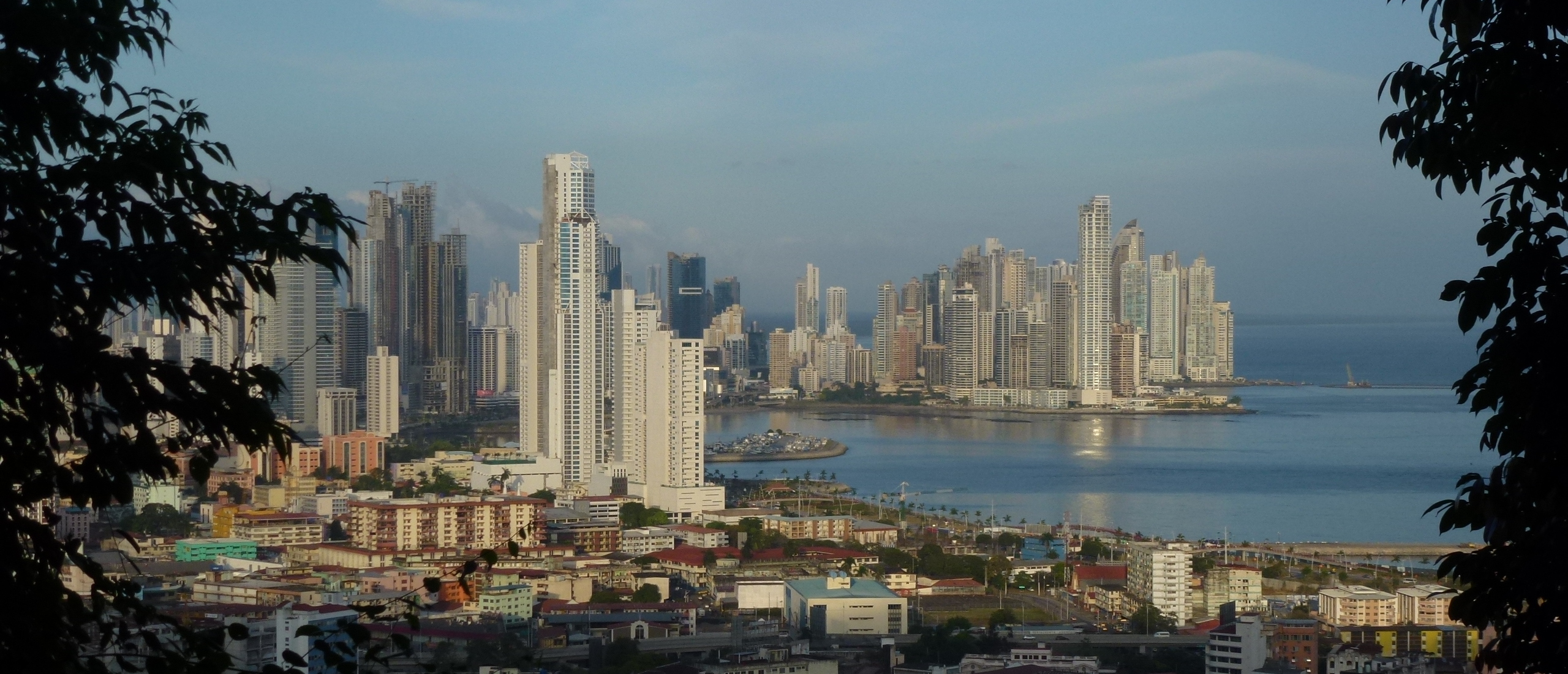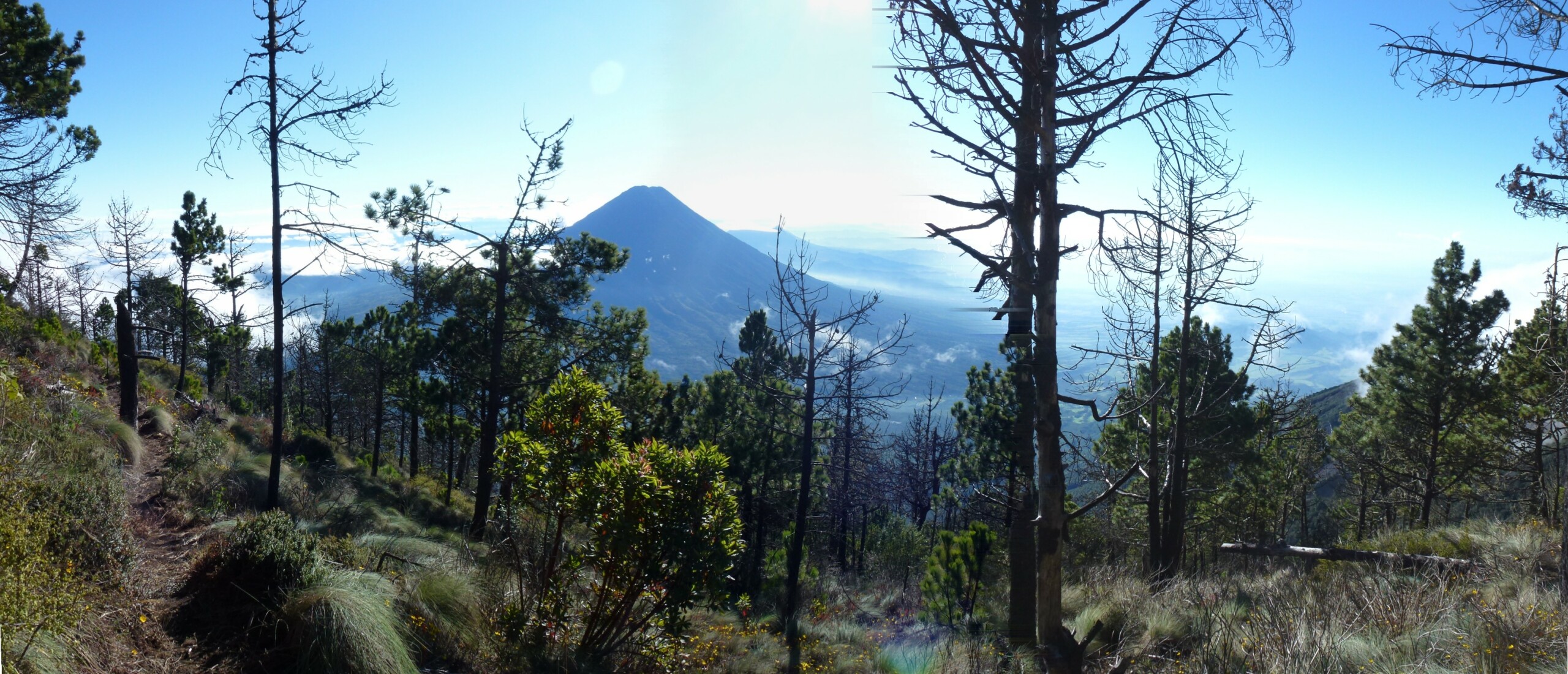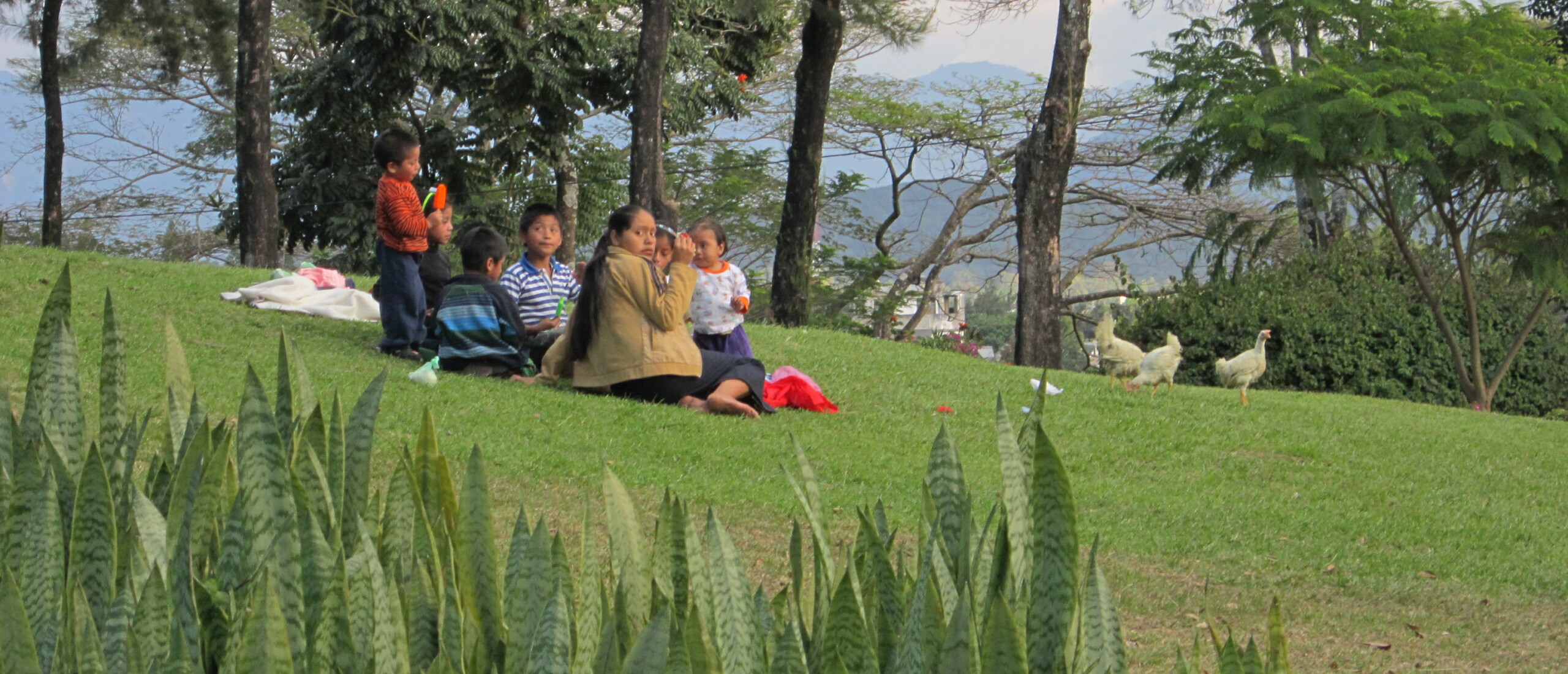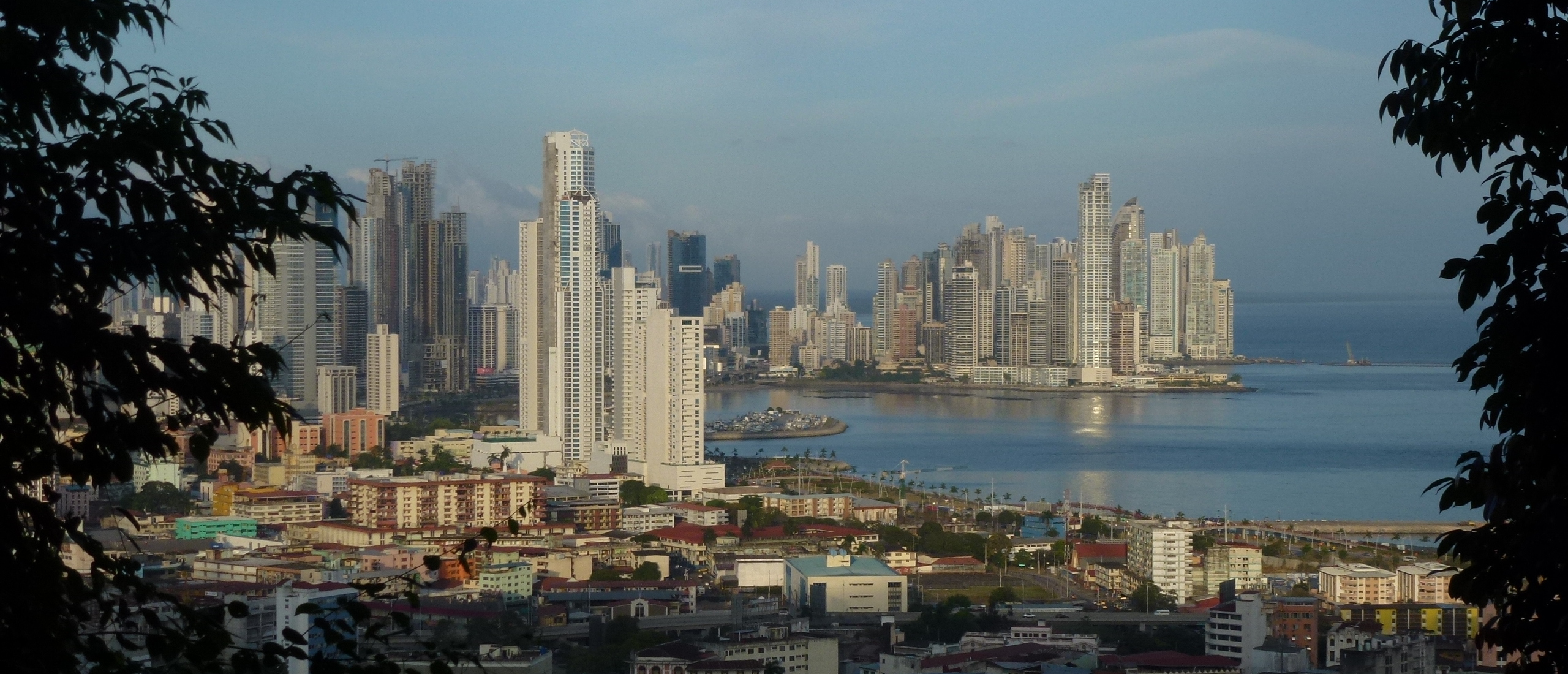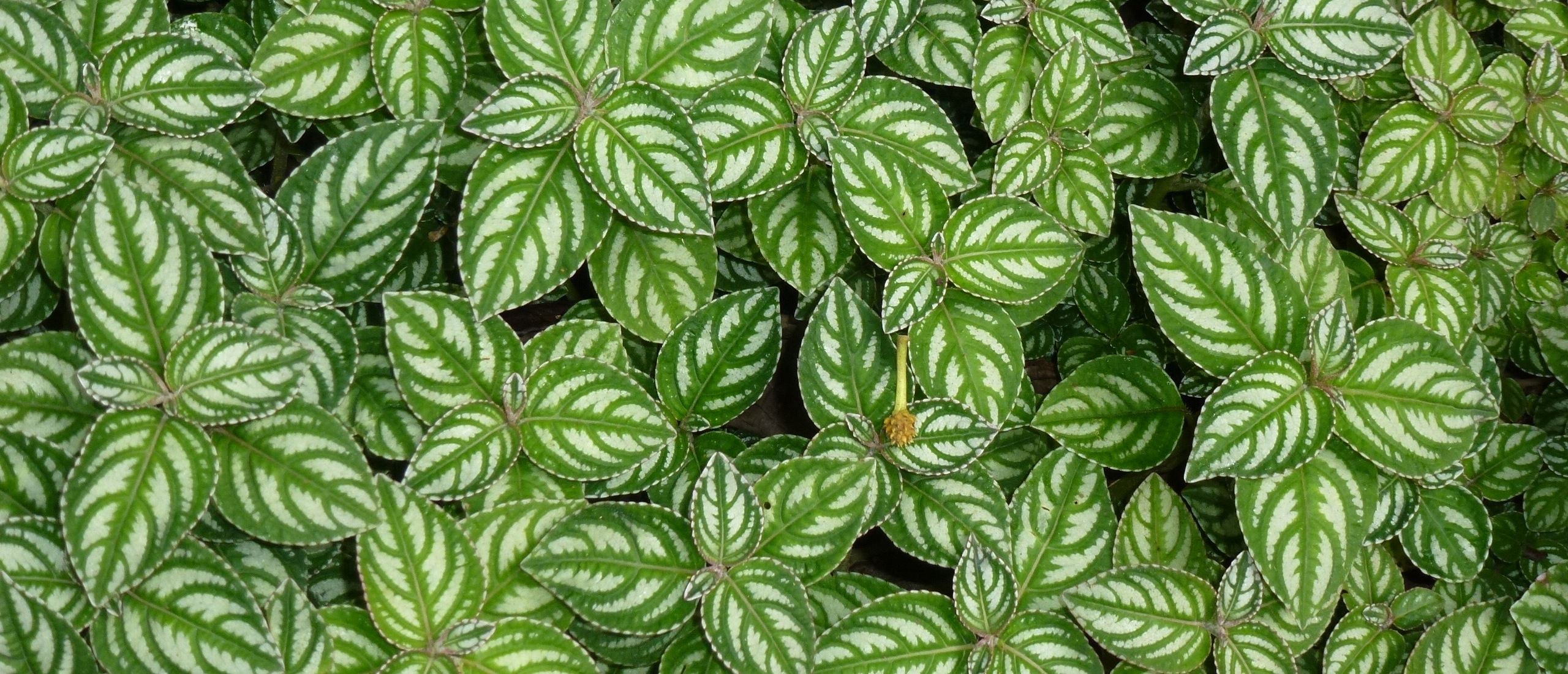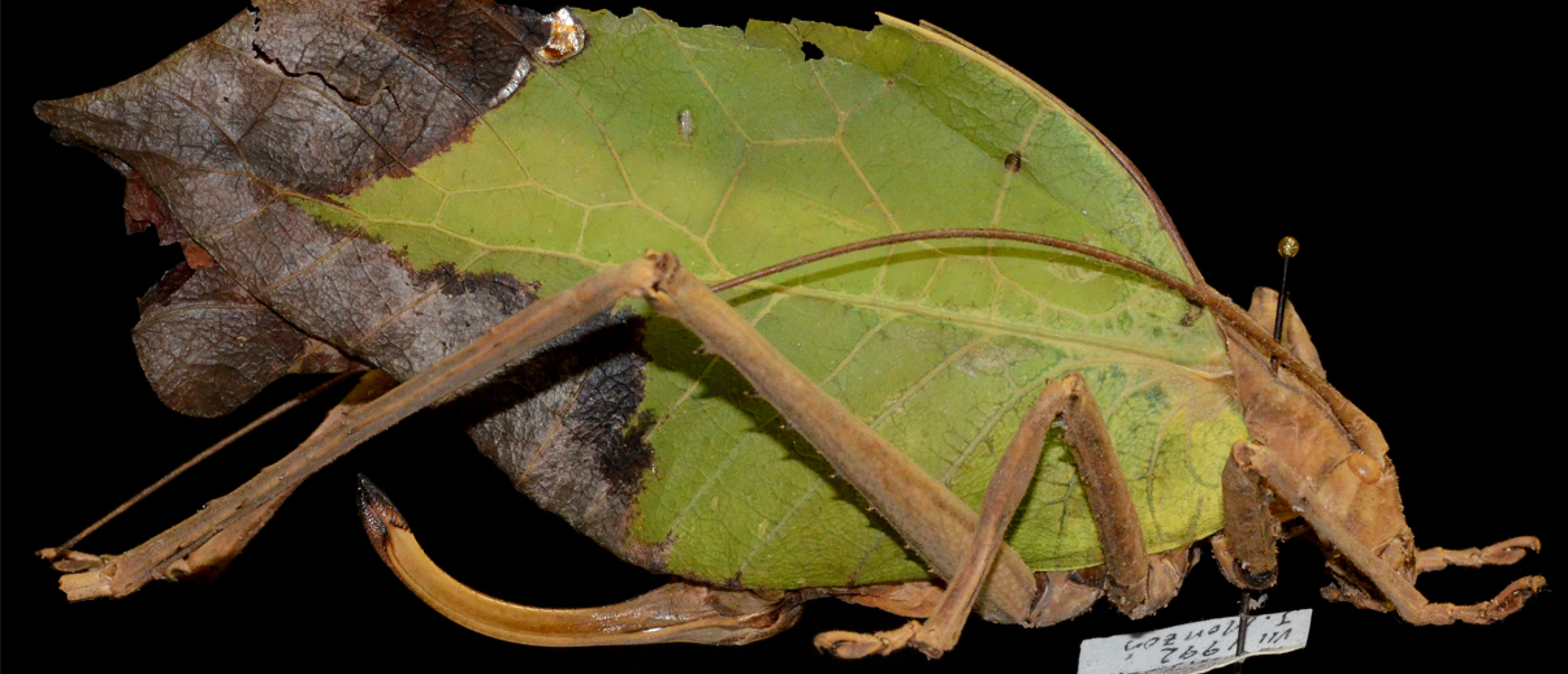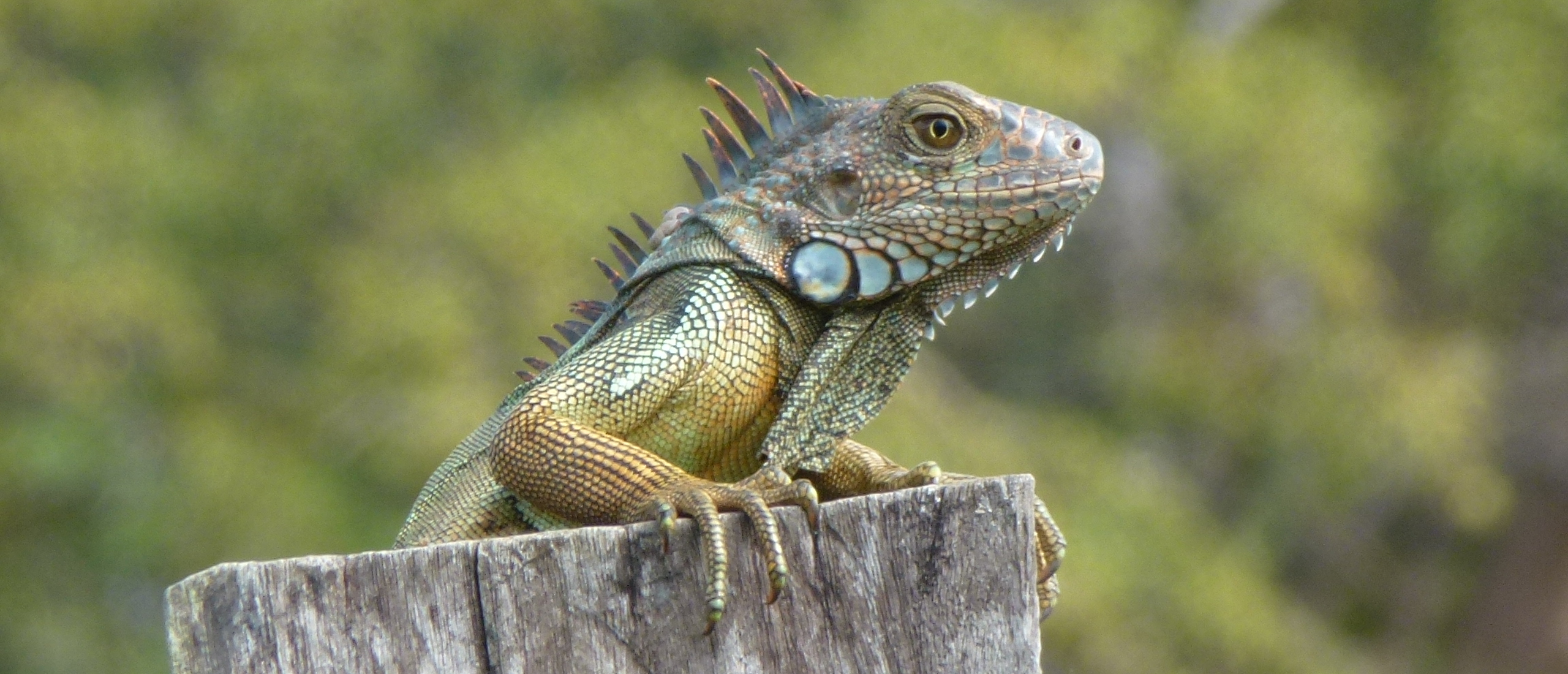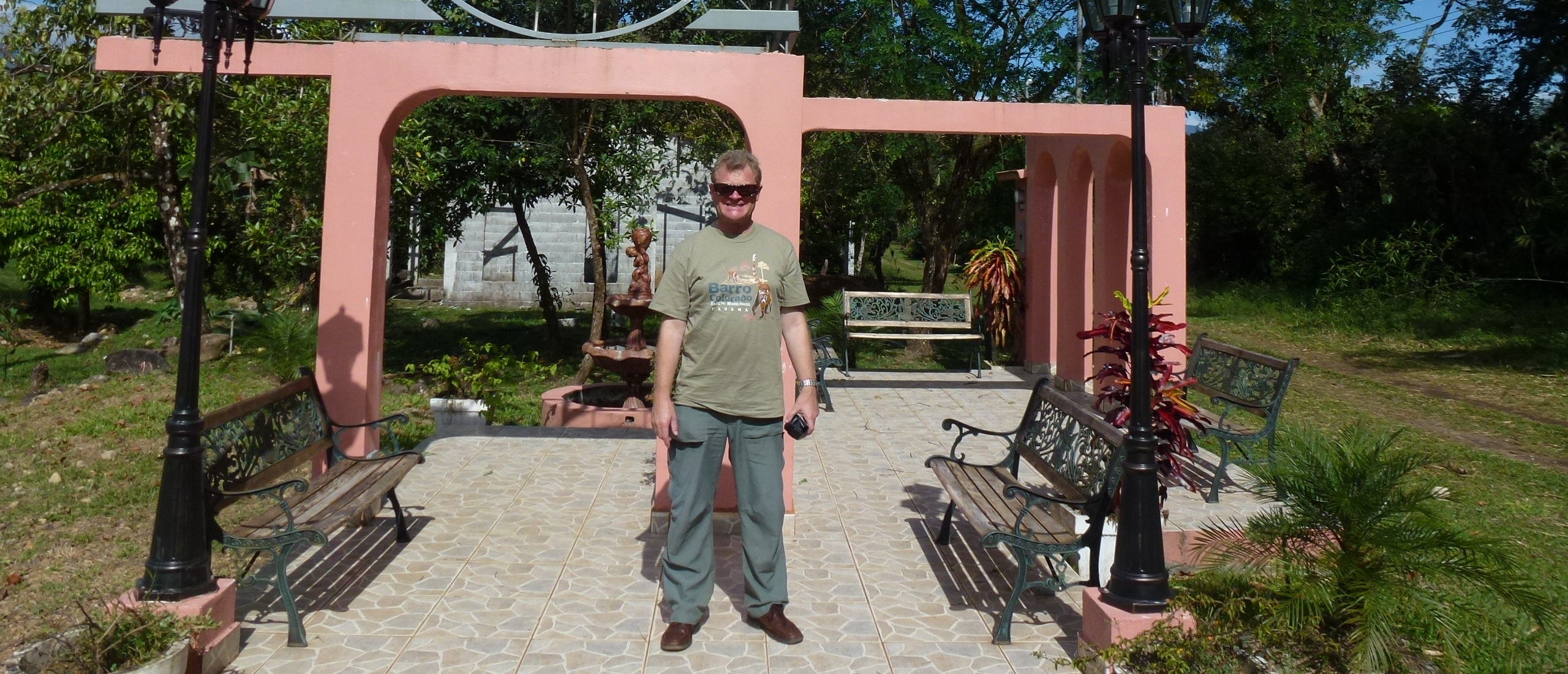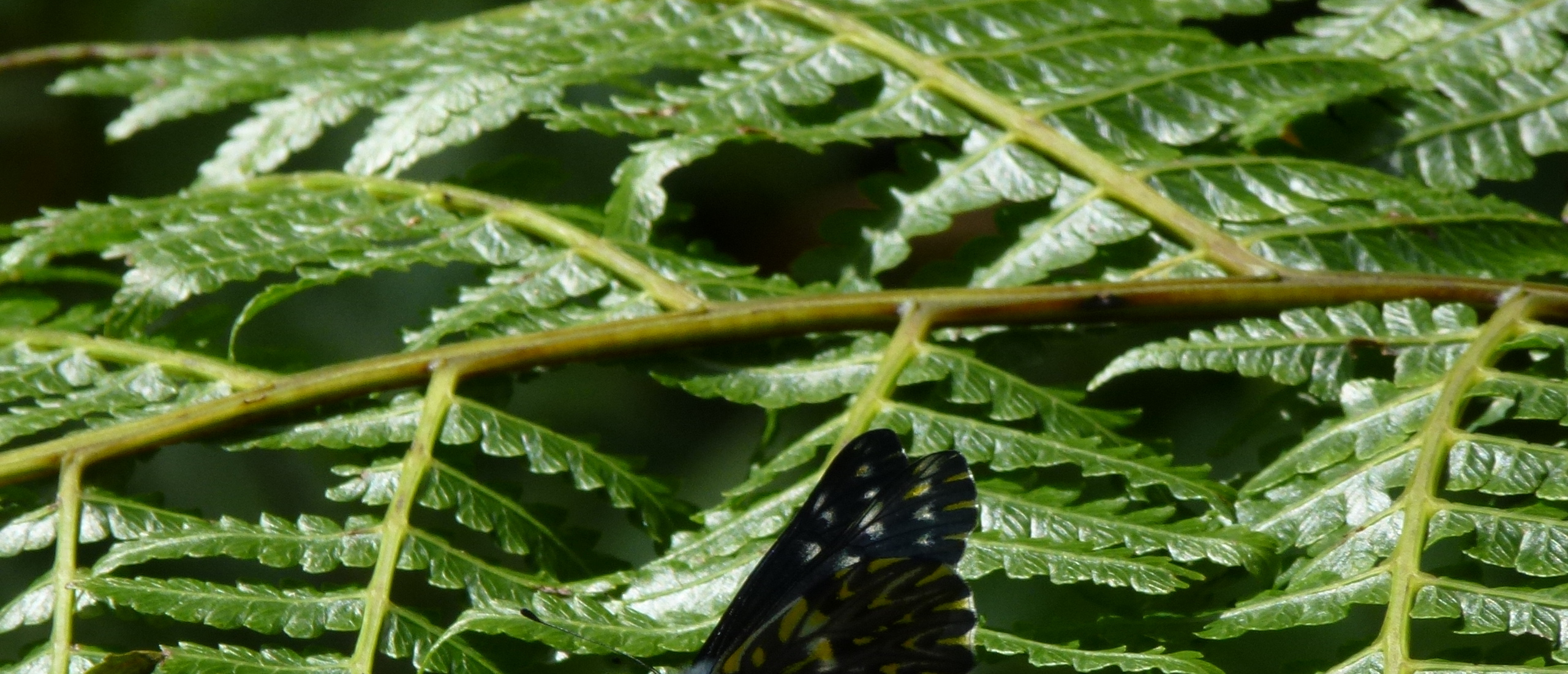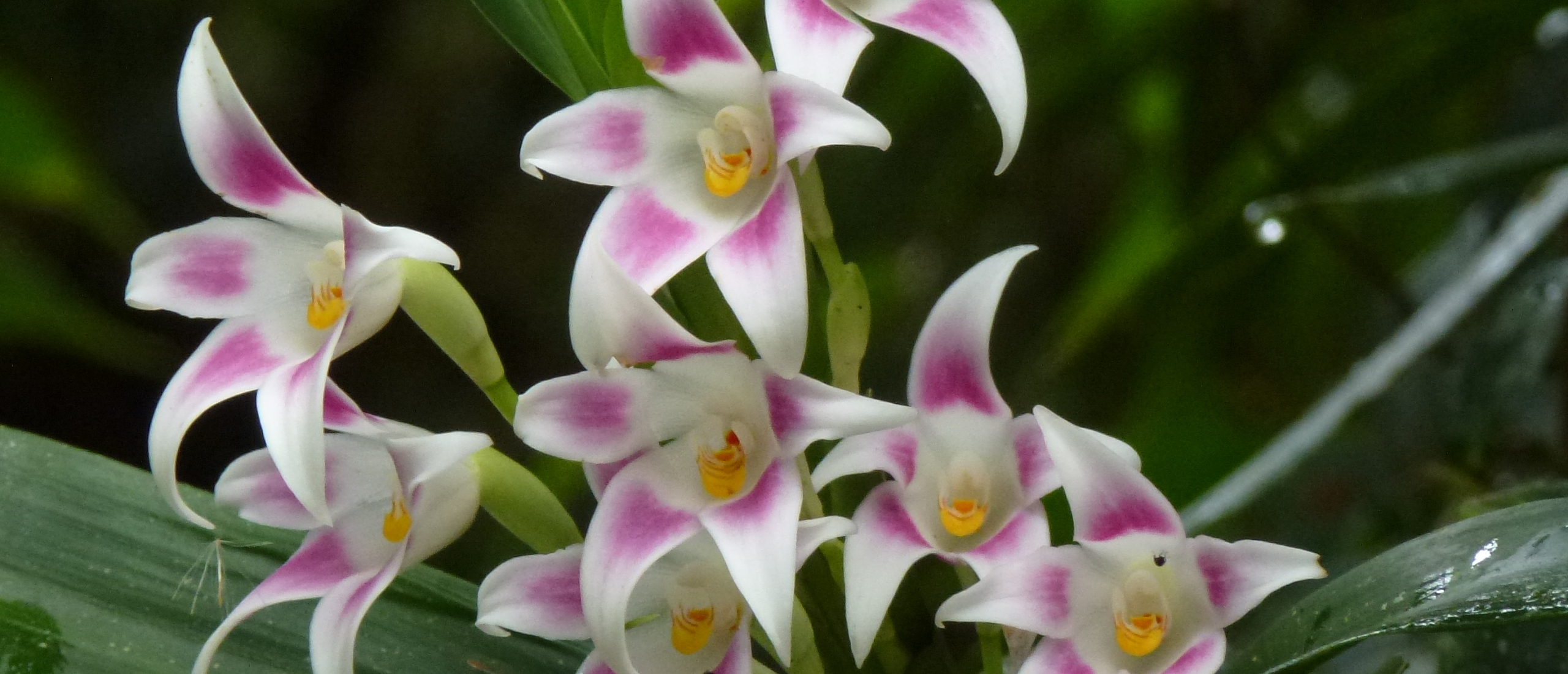
Cerro Punta – cool weather, but hot on the trail of GCC This post begins two days ago, in Boquete, with a rather damp hike up the Sendero de la Culebra, which provided a number of new birds for the Panama list, but which we eventually abandoned due to the persistent rain, which made observation somewhat difficult. However, the day was not wasted as we decided to drive down from Boquete in the afternoon to investigate another location that features prominently in my great grandfather George Charles Champion’s diaries: Potrerillos. In fact, there are now two villages with this name, Potrerillos Abajo (lower) and Potrerillos Arriba (upper). Reaching this area from Boquete involves driving down a long way the road towards the main town of Chiriquí, David, and then turning off to the right and ascending an almost parallel road, which passes through open, savannah-like habitat, complete with astonishingly beautifully constructed dry-stone walls….better than we see in Scotland these days! These areas are mostly still open countryside at present, but almost everything is for sale, and new housing developments are springing up all over this area.
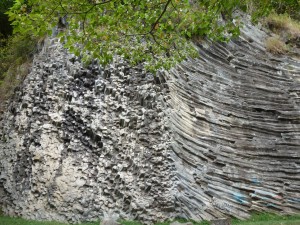 Basalt rock formation above Boquete
Basalt rock formation above Boquete
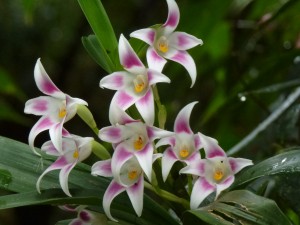 Flora along the Sendero de la Culebra
Flora along the Sendero de la Culebra
We investigated both of the two Potrerillos, but without finding any signs of where GCC might have stayed – in Guatemala, finding the actual buildings in which he slept was sometimes possible, but here I suspect that the buildings were made of wood (this area was only opened up for settlement shortly before GCC arrived, so perhaps permanent structures had not yet been built), and they no longer stand today, making the quest considerably more difficult. New Year’s Eve involved a delicious dinner back at the Finca Lérida, but no further festivities, and we were up at a reasonable hour on 1st January, and it was not long before we were packed up and on the road down from Boquete. Suddenly my mobile phone rang – it was our Canadian friend Rosalie, whom we had met a couple of weeks ago in Panama City, and who together with her husband Harry has a house here, in Bugaba, one of the places most closely associated with my great grandfather. Her question was: “Are you going to stop by?”… to which our immediate answer was: “Yes, please!” And so it was that we drove down to David, then a short distance westwards as far as La Concepción, where we turned northwards on the road towards Volcán, but almost immediately we turned off in search of Rosalie and Harry’s house, and thanks to the excellent directions we had been given over the phone, we soon arrived. We had a very pleasant long chat, exchanging news of our travels with their tales of the cruise they had just been on, to Cartagena, Aruba, Curaçao and Bonaire, before heading off for a quick lunch in a nearby snack bar.
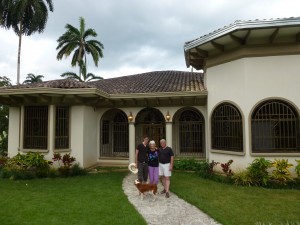 pencer, Rosalie and Harry outside their home in Bugaba
pencer, Rosalie and Harry outside their home in Bugaba
After this, Harry kindly offered to drive us to another place of great significance in the quest to find the locations where my great grandfather worked during his stay in Chiriquí from 1881 to 1883: Bugabita. This tiny place turned out to be almost Harry and Rosalie’s neighboring village, but today all the buildings appear to be modern, so again it proved impossible to establish precisely where he stayed. Nonetheless, it was interesting to see the kind of habitats in which he must have done his insect collecting. GCC mentions that this area was already in those days mostly open cattle country, but that from Bugaba westwards to the Costa Rican frontier there was much fine forest – almost all of this has since disappeared. Having said our Goodbyes to Rosalie and Harry, we drove up and up into the mountains again, the temperature dropping perceptibly as we rose – a great relief to northerners at heart like us! Finally we reached the highland town of Volcán, where we turned off the main highway and drove 14 kms or so further up, literally into the clouds, before finally arriving at our current hotel, Los Quetzales, in the tiny village of Guadalupe, near Cerro Punta, where we checked in. It was in the restaurant of this hotel, quite unexpectedly, that perhaps the biggest breakthrough in the quest to relocate the places that my great grandfather stayed in came! On the wall in the restaurant/bar area hangs a series of framed 1:50,000 maps of Chiriquí, by far the most detailed we have yet seen….and these maps turned up trumps! Names that I thought I would never be able to locate almost jumped out of the maps at me: Nance Bonito, La Elvira, El Banco, Cañafístulo, and several more….all of them tiny settlements, but actually there on the map! Without a four-wheel drive vehicle, or in some cases perhaps a descendant of GCC’s mule (!), it may be hard to reach these places, but at least I now have a much clearer idea of where they are – a massive and totally unexpected bonus!!
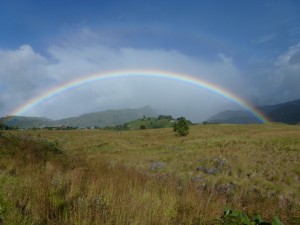 Rainbow on way up to Cerro Punta
Rainbow on way up to Cerro Punta
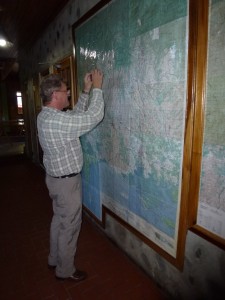 Self photographing the map that revealed so much
Self photographing the map that revealed so much
This morning we were up early, and set off after breakfast in a tractor-drawn trailer for an excursion up into the cloud forest above Guadalupe, to the Cabañas Los Quetzales, a series of cabins also belonging to this hotel, but set high above, deep in the forest, and only reachable by four-wheel drive vehicles or this extraordinary tractor-train. Here we were treated to the most amazing display of hummingbirds, of at least five different species, zooming around our heads to get at the feeders which our guide filled with sugar solution as soon as we arrived. We then did a very muddy hike up through the forest to a waterfall, and then bid the rest of the group farewell as we wanted to walk back down at our own pace…and perhaps connect with that mystical bird the Resplendent Quetzal. However, although I did hear one call away on the other side of the valley on two occasions, the extremely poor visibility and persistent rain prevented us from gaining a sighting. This afternoon we drove down to Volcán, where we headed off the main road to another location favoured by GCC all those years ago: the Lagunas de Volcán. We had to abandon our Fiat Panda as the road became impassable for such a small vehicle, but a walk of perhaps 45 minutes brought us to the first of three tranquil lakes, where we were able to observe such bird species as American Purple Gallinule, Pied-billed Grebe, American Coot, Belted Kingfisher and several others. But the absolute highlight was a bright blue-billed Masked Duck, which Hélène spotted emerging emerging from the reedy vegetation and diving a few times in full view before disappearing back into hiding. This widespread but very local species was a treat to see, and we can only hope that a viable population persists here into the future. These lakes appear well protected, and perhaps have not changed much since GCC searched for insects on their banks 130 years or more ago. Long may they remain a haven for wildlife into the future.


